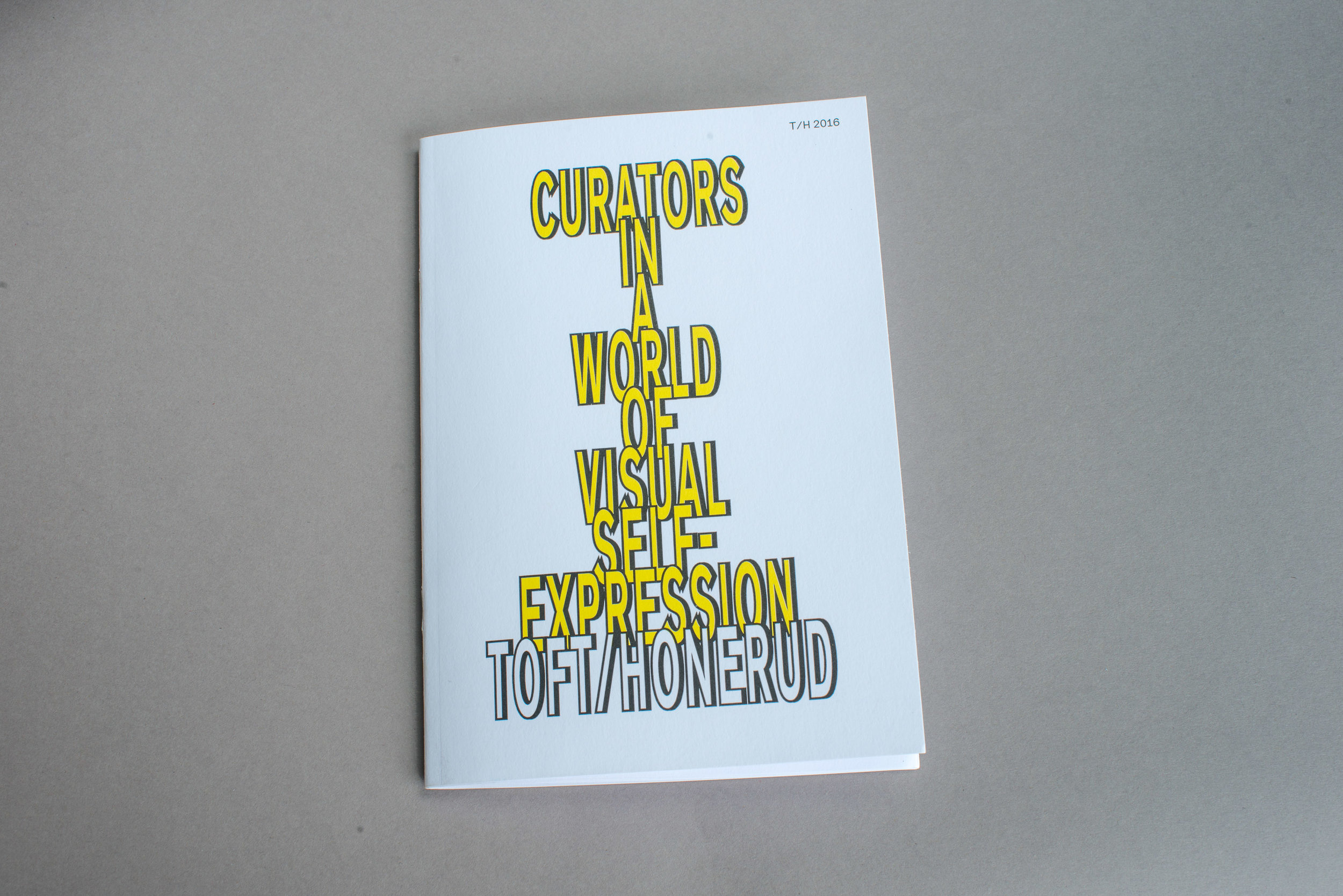Curators in a world of visual self-expression
in collaboration with Nina Toft
text by Gaby Hartel
Polyvocal monologues in search of a dialogue – what TOFT HONERUD do with found footage
By Gaby Hartel
If everybody shares everything then who owns what? The practice of image posting on social media is one that has developed into an anthropological constant that has been widely studied. As a consequence, it has been called many things, with verdicts ranging from augmented narcissism to the ultimate fulfillment of democratic values, according to the thinker`s age, profession and standing in life.
Be that as it may, those uncountable repetitive acts of private postings have created a huge flood of visual material that is first and foremost characterized by its “thereness”. Here we are, it seems to say. Make of us what you will.
The fact that this overwhelming wealth of pictures is located on the internet makes it a part of our public sphere. This sphere has, in a sense, not changed its set-up and communicative structure since settlements were established roughly 11,000 years ago. Since then, the public space has been used by its inhabitants to demonstrate in words, deeds or images what was most important to them.
In an address given to the London Consortium (Making Public Interventions in Today’s Massive Cities, 2006), Saskia Sassen discussed the distinction between the street and the piazza. The street is given to exhilarating chance meetings and productive conversations, thereby turning it into a space in which things can be discovered and made. The piazza, on the other hand, provides an architectonic backdrop for passive consumerist behaviour, which is ultimately unoriginal, repetitive and dulling.
Since one of TOFT HONERUD’s main artistic gestures is that of interacting with (rather than merely appropriating) the visual announcements they find on social media, it seems to me that they use this platform like a street rather than a piazza. The artists formulate a well-thought-through response to the found images, in a dialogue with their original authors. It is precicely this attempt to engage in a dialogue that characterises the productive making along Sassen’s lines. And the making is marked by the time and thought that TOFT HONERUD invest in suggesting a new context for the found footage. It is also marked by the time-consuming analysis of possible impulses, connotations or motivations engendered in the initial act of posting.
In Hannah Arendt’s thinking, a dialogue is a constructive, democratic and hugely satisfying interlacing of two voices, minds, languages and speech acts. It is the most evanescent and at the same time the most strikingly physical form of producing public space – provided, Arendt hastens to add – that both interlocutors go about their business as conscientious translators would – that is to say, seeking to understand all the strata of experience, emotions, memories that flavour the dialogue partner’s statements.
It would seem that the alchemical process of any dialogic exchange (Elias Canetti) is something that the ritualistic posting of pictures of private situations seem to lack. These images are broadcast in one direction only: out – indifferent to who the receiver might be. By seeing these postings as polyvocal monologues in search of a dialogue, and by voluteering as the addressees, TOFT HONERUD productively act as a magnet for numerous issues and topics. The minute the artists add depth and thought, ideas, feelings, insights and information to what until then was perhaps a lonely little one-shot-statement, issues of copyright or intellectual property are transcended.
Someone is overwhelmed by the experience of a huge thunderstorm ( These are the Moments we Really Live for, 2012) or in awe of the ever returning sunset (Every Sunset Counts, 2016); a group of people want to dramatize themselves into potent drugs kings of their city (narcovida, 2015) – whether it is the visuals of natural phenomena or the lining-up of macho poses, the wonderous and the terrible become manageable the minute they are turned into an independent story.
Just as artists have done throughout the ages, Toft Honerud sift through the visual traces of physical presences, of lifes lived, of moments of happiness, horror, grief or megalomania. They structure into narrative, dramaturgy and dialogue what was a mere flow of images before they intervened, thereby saving these images from the boredom of monosensical repetition. Frequently, they extract beauty from roughness or brutality on the way, their response to the polyvocal monologues of social media approaching a truly idealistic concept of what art can do: both enlighten and entertain.



